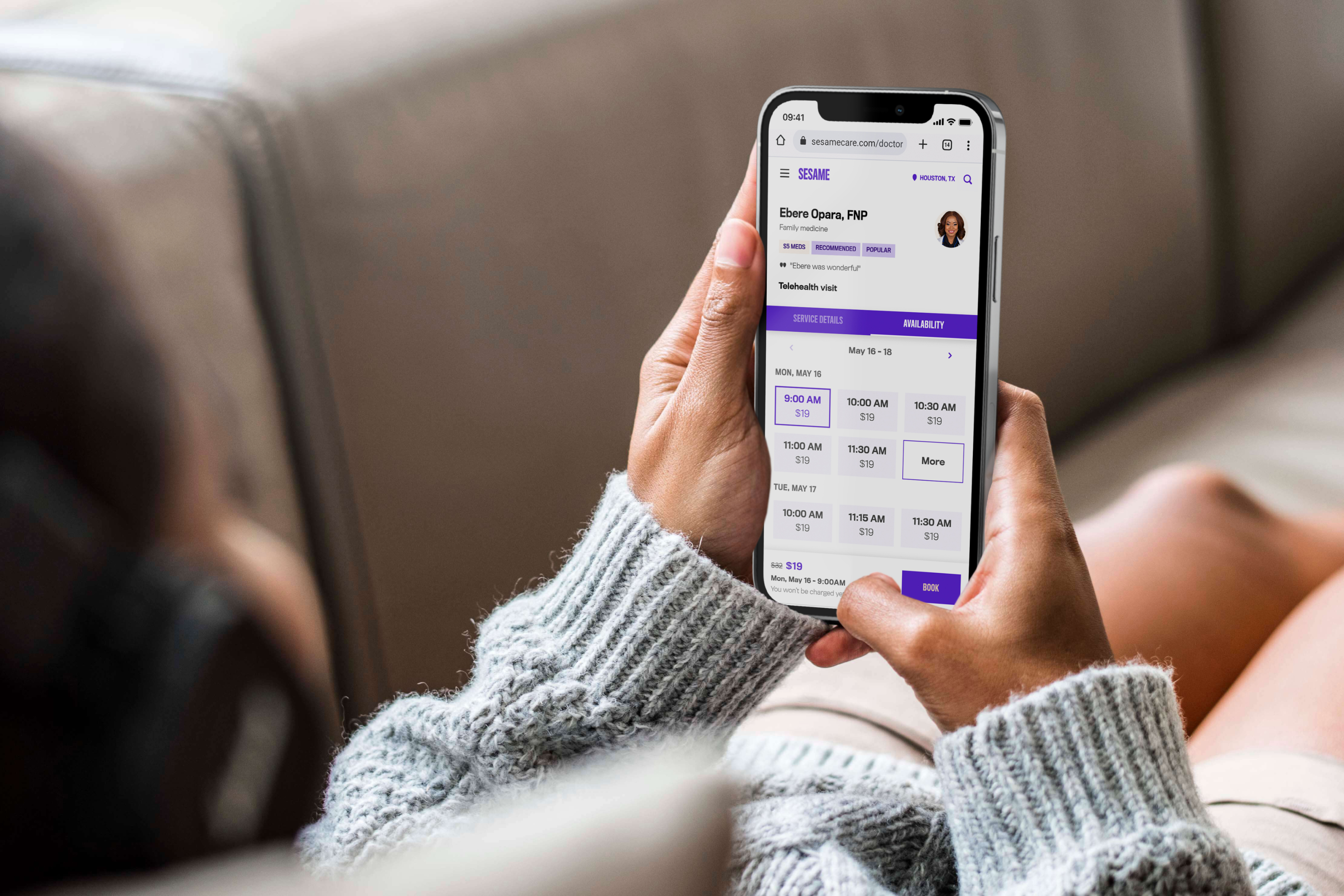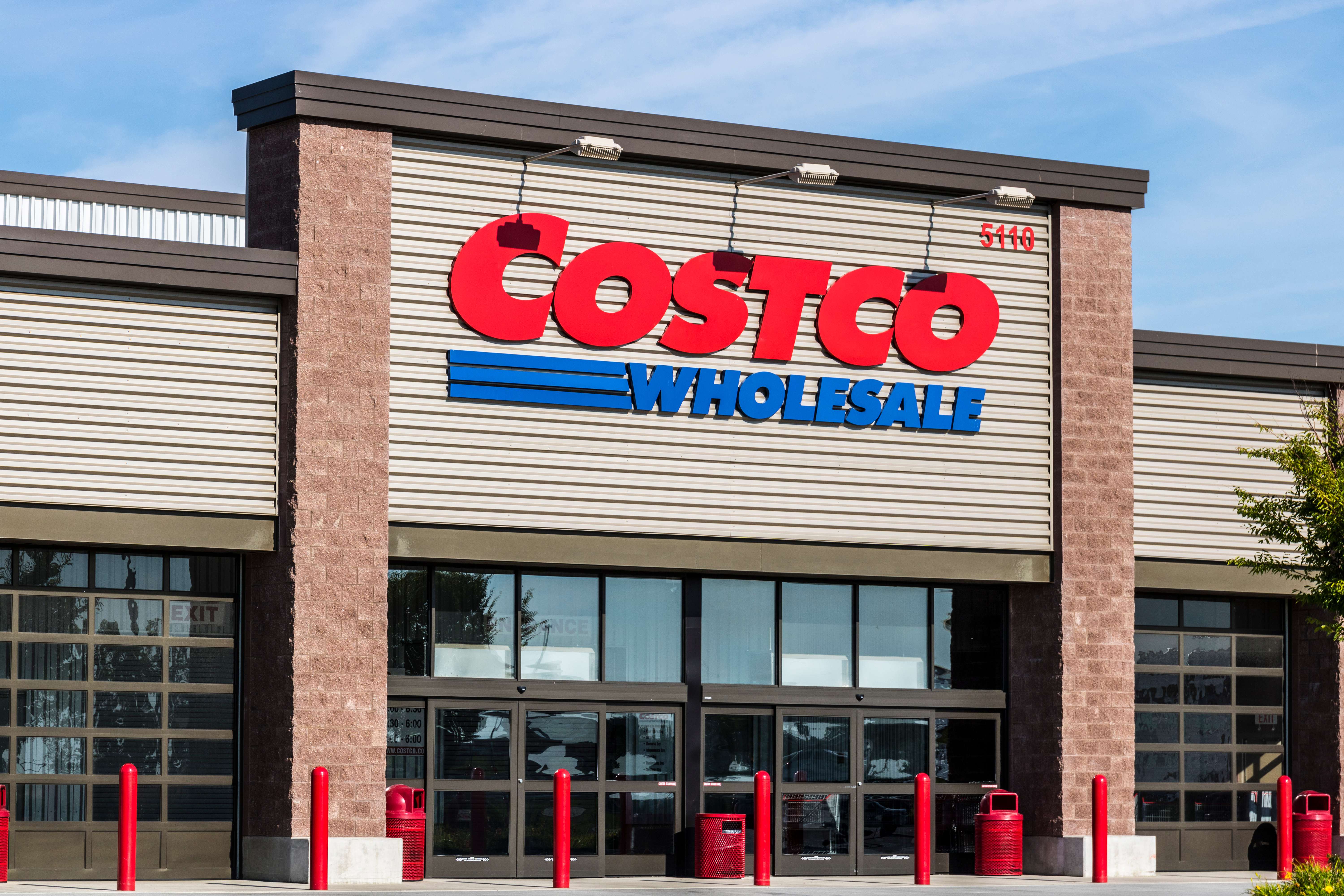Are You Comparison Shopping for Healthcare? Here’s Why It Matters.
Shopping for care: Tips to navigate healthcare costs
When shopping for household goods or clothing, we often compare prices between stores or online platforms to ensure we get the best deal. Surprisingly, this behavior isn’t as common when it comes to healthcare, even though a recent study has revealed that prices for the exact same services can vary by thousands of dollars from hospital to hospital.
The study, published in JAMA Internal Medicine, found significant price disparities for identical medical services and procedures. For example, when “secret shoppers” called hospitals to request price estimates for vaginal childbirth at top-ranked facilities, the prices ranged from $0 to $55,221.
Additionally, the study found that hospitals themselves struggled to accurately communicate the prices for their services; the vast majority of hospitals quoted prices on the phone that varied from prices on their websites. Only 3 out of 22 hospitals provided a quote that matched both their telephone and online pricing for vaginal childbirth, while only 9 out of 47 hospitals provided a matching quote for brain MRIs. Put simply, hospitals were quoting different prices online and via telephone – for identical services.
These pricing variances are problematic because they can result in patients paying substantially more for the same level of care and service - a simple blood test or medical imaging at one facility can cost considerably more at another, even within the same geographical area.
Most consumers don’t shop around for healthcare. Here’s why:
Despite the price disparities that are all too common within the U.S. healthcare system, research illustrates that few patients investigate prices before scheduling a procedure or appointment. One 2022 survey found that 64 percent of respondents had never tried looking for prices for care or services that they needed. This lack of research can lead to consumers missing opportunities to save money without compromising on the quality of care received.
So why don’t the majority of consumers comparison-shop for their care? The answer may come down to a lack of accessible information: it’s shockingly difficult to find clear, transparent pricing data from insurance companies and healthcare facilities. Even though hospitals have been required by law since January of 2021 to publish the prices for their services, only a third of hospitals had complied as of July 2023, while the remaining hospitals had failed to fully comply with pricing transparency regulations more than 2 years later.
In fact, the same survey that reported that most consumers have never shopped around for healthcare also found that almost 60% of respondents stated they would be encouraged to shop around if pricing information was disclosed before receiving healthcare procedures and services - but they simply didn’t know where to look for transparently-priced care. This underscores the idea that if pricing information was more readily available for patients - and if there was more emphasis on affordable, first-rate healthcare - patients would be able to yield significant savings for themselves without compromising on the quality of their care. That’s where Sesame steps in.
Sesame’s tips for healthcare comparison shopping
The disparities in healthcare pricing highlight the need for consumers to be more proactive in researching and comparing prices before committing to any healthcare service or provider. By making informed decisions, patients can alleviate some of the high costs associated with healthcare and also drive the healthcare industry towards greater transparency and value-based care.
With that in mind, we’ve assembled several tips on shopping for care that can help you to be a savvier healthcare consumer:
- Ask for price information before scheduling any procedure or service, and if possible, request a hard copy of the quote via email so that you have a record on hand.
- Research and compare prices from various providers, and ask about paying in cash- many facilities and providers offer discounts for cash payments in place of insurance.
- Check the quality of the services and providers based on ratings and reviews. Health care marketplaces like Sesame allow you to filter providers based on these specs to find a clinician best suited to your needs.
- Review your insurance coverage to understand what costs will be covered and what you will be responsible for paying out of pocket. This can help you to avoid surprise bills later on down the road, and you can also compare insurance prices with a facility’s cash prices to see what’s more affordable (don’t assume that your insurance has negotiated the best rate with a facility or provider - they often have not).
If you’re seeking straightforward pricing for healthcare services, you can also use Sesame to view up-front, competitive pricing from thousands of licensed healthcare professionals. As the traditional U.S. healthcare costs continue to increase, the Sesame model has driven price transparency and improved access to affordable care for millions of customers; our marketplace saved patients upwards of $25 million in 2022 alone.
So the next time you’re seeking care, consider taking a more active role in managing your healthcare needs by shopping around for your appointment - it could save you hundreds (if not thousands) of dollars without compromising on the quality of care you deserve.
Related posts

Texas and Tennessee's new healthcare laws let insured patients apply cash-pay expenses to deductibles, enhancing cost transparency and fostering a competitive healthcare market.

David Goldhill, founder and CEO of Sesame, explains why price transparency isn't the fix-all solution to rising healthcare costs.

Lowering your healthcare costs is one of the most effective ways to save money during times of inflation. Read on for tips and tricks that can help lower medical expenses.

Michael Botta, Sesame co-founder, on why prices of medical services can vary - and what you can do about it.

Health insurance costs are increasing in 2024, impacting American families. Learn five key strategies to manage your health care expenses and maintain coverage amid rising premiums.

Sesame today celebrated 5 years of providing Americans with access to quality, convenient health care at half price.

Sesame's partnership with Sittercity will bring affordable, quality healthcare to thousands of child care providers.

Healthcare costs are projected to rise 7% in 2024. Sesame’s direct-pay model offers a solution by letting clinicians set their rates, cutting out middlemen, and reducing expenses for patients.

On September 25, Sesame and Costco announced a partnership to offer special discount pricing to all Costco Members on a broad range of outpatient medical care offered at Sesame.
